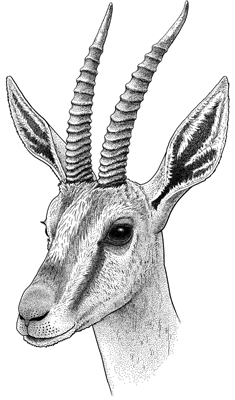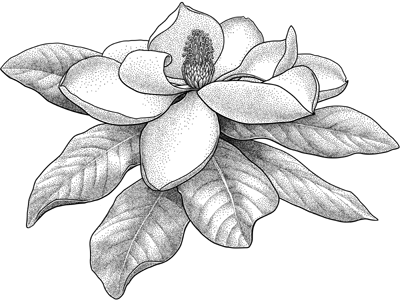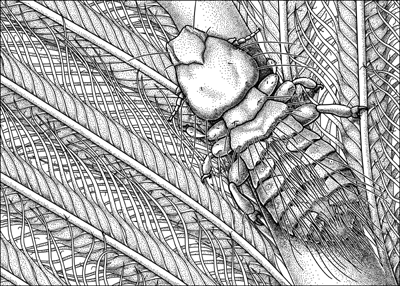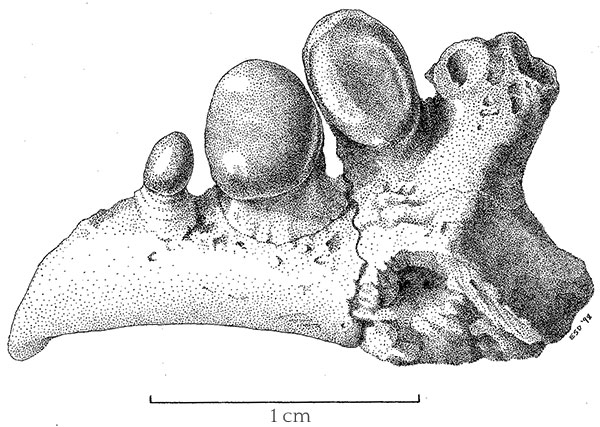Since last summer, I’ve been working on a series of 21 black and white line and stipple illustrations for a book about scientific names as tributes to people.
This month, I finally wrapped up my work on the series, and I’m including a few of the illustrations in this post. I’ll add them all to my website when the book is published (likely in the first half of 2020).

The book is tentatively titled “The Strangest Tribute: How Scientific Names Celebrate Adventurers, Heroes, and Even a Few Scoundrels” and you’ll find author Stephen B. Heard’s summary and outline at his blog here.
Scientists (and in some cases, non-scientists) have named a vast array of organisms after people. Steve shares interesting stories about many of these people in the pages of his book (and sometimes at his blog too). It must have been a challenge for him to select the ones he wanted to write about in detail, the ones he just wanted to mention, and the ones he wanted illustrated. In a few instances, he let me decide which species to illustrate for a given chapter, and it was an enjoyable but difficult decision each time. I feel privileged to have had this preview of Steve’s fun-to-read etymological tales.

It is always a pleasure to work with an author or scientist on a subject about which they are enthusiastic, knowledgable, and generous. I first corresponded with Steve back in 2015 when I peppered him with questions about goldenrod and its galls (for this project), and he was quick to respond to all of my inquiries with enormously helpful insights. Thus, I was happily unsurprised to find that working with him on this series of illustrations was a wonderfully positive experience.

As a graduate student at the University of Michigan, I had a work-study job illustrating fossil fish bones for Gerald R. Smith, the Curator of Fishes (at the time). I illustrated those small fossils the traditional way, with a bottle of ink, a crow-quill pen, and a microscope with a camera lucida. Here’s one example:

Since that time, I haven’t done much stippling…until Steve’s book project came along. I decided to use digital instead of traditional media for the stippling this time around, for a few reasons:
- There is less strain on my eyes and neck when I can zoom in to see detail on a computer screen rather than try to magnify or move closer to a piece of paper.
- I think stippling is a bit faster in Photoshop because I can create brushes with multiple stipples to quickly fill in large areas, and because I save time scanning and cleaning up a scanned illustration. To be clear, though, digital stippling is still time-intensive and custom Photoshop brushes can only go so far.
- It is much easier to correct mistakes or make changes digitally than it is with traditional pen and ink.
In either traditional or digital media, I find that stippling is a pleasant and meditative process. I’m looking forward to seeing the results of my methodical dot placements when The Strangest Tribute comes out in print!
3 Comments
Comments are closed.
[…] UPDATE #2: Do you love those sample illustrations? You’re going to love the full set even more. You can read Emily’s perspective on crafting them here. […]
Outstanding Emily!
Thanks Gerrie! 🙂